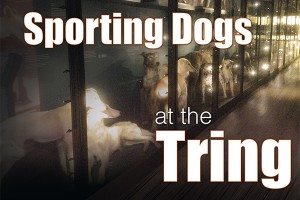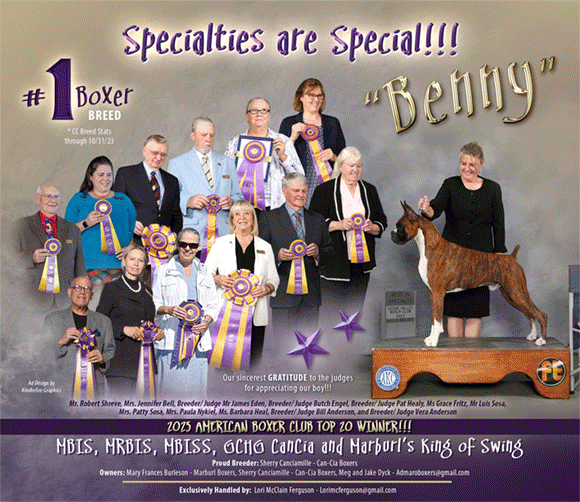Sporting Dogs At The Tring
Click here to read the complete article
276 – March, 2024
 By Caroline Coile
By Caroline Coile
Dog taxidermy seems odd, if not macabre, to most of us today, although you can still have your beloved pup stuffed after death. And occasional famous taxidermy dogs can be found in museums (and other odd places) around the globe. Mostly they’re sole representatives of their kind; occasionally, they form packs. To some people they are unsettling; to others even repulsive. But no matter how they make us feel, there’s no denying that the older ones evoke a sense of awe, curiosity and even reverence.
The mecca for taxidermy dog enthusiasts (if there is such a thing) is undeniably the Natural History Museum at Tring, formerly known as the Rothschild Zoological Museum. Lionel Walter Rothschild (of The Rothschilds) was its founder, a mission he declared at the age of seven. Even then he was an avid collector of insects and other animals, and he counted kangaroos and exotic birds as pets. Although his parents were not keen on his interest in natural science, they built him a museum on the property for his 21st birthday. They also financed expeditions spanning the globe to collect more specimens, and the collection grew and grew until it needed even more housing. The museum opened to the public in 1892. A shy but–some would say–eccentric man, Rothschild nonetheless enjoyed picking up guests in his carriage pulled by a team of zebras.
Rothschild hired scientists, taxidermists and librarians to collect, classify and curate his collection. He ultimately brought together the greatest zoological collection ever amassed by an individual. At its height, the collection included 300,000 bird skins, 2,250,000 butterflies, and thousands of mammals, reptiles and fish–but no dogs.
The dog display was not collected by Rothschild, but was relocated there from the Natural History Museum in London after World War II. According to a Tring spokesperson, many of the dogs came to the Natural History Museum after Richard Lydekker (a famous natural history expert and taxonomist, as well as one of the museum’s keepers) put a call out in the Kennel Club Gazette for dogs, as he was trying to create a display on domesticated animals. At the time there was a bout of canine distemper going around some of the most prestigious and important kennels, and so it was (in a way) fortuitous timing.
The displays were damaged by bombs that fell on the museum during the blitz. They were finally removed in the 1950s and then installed in Tring in 1968 when the Tring museum underwent an extensive refurbishment.
Click here to read the complete article
276 – March, 2024

Short URL: http://caninechronicle.com/?p=282336
Comments are closed











